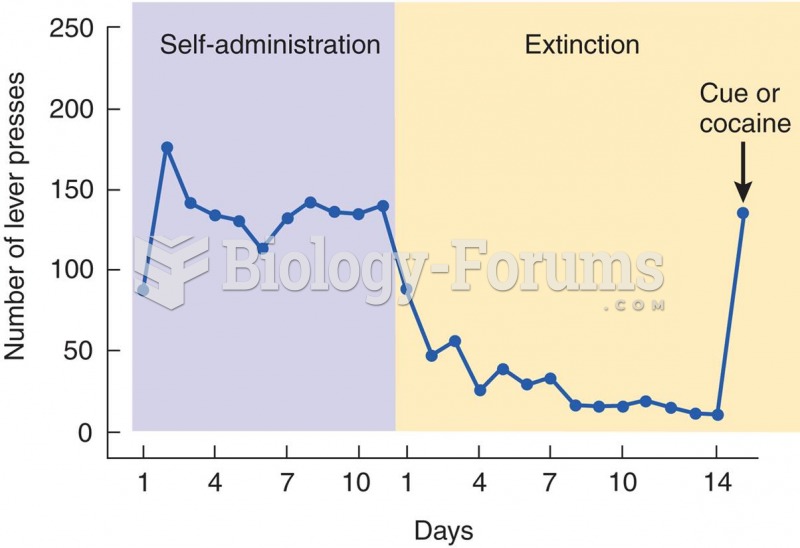|
|
|
The shortest mature adult human of whom there is independent evidence was Gul Mohammed in India. In 1990, he was measured in New Delhi and stood 22.5 inches tall.
On average, the stomach produces 2 L of hydrochloric acid per day.
Once thought to have neurofibromatosis, Joseph Merrick (also known as "the elephant man") is now, in retrospect, thought by clinical experts to have had Proteus syndrome. This endocrine disease causes continued and abnormal growth of the bones, muscles, skin, and so on and can become completely debilitating with severe deformities occurring anywhere on the body.
Cancer has been around as long as humankind, but only in the second half of the twentieth century did the number of cancer cases explode.
In the United States, there is a birth every 8 seconds, according to the U.S. Census Bureau's Population Clock.







